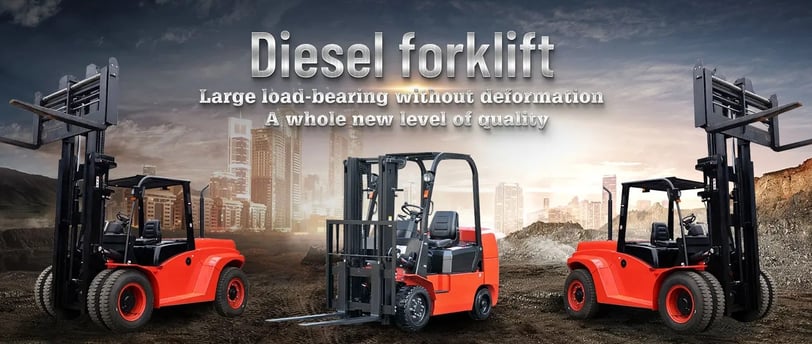Forklift Truck Safety Inspections: What You Need to Know
Forklift Truck Safety Inspections: What You Need to Know


Title: Forklift Truck Safety Inspections: What You Need to Know
In the bustling world of warehouses, construction sites, and industrial facilities, forklift trucks are indispensable workhorses, streamlining operations and boosting productivity. However, amidst their utility lies a potential for accidents and mishaps if safety protocols are not diligently followed. Forklift truck safety inspections are not just a regulatory requirement but a crucial step in ensuring the well-being of operators and the efficiency of operations.
Regular inspections serve as the frontline defense against mechanical failures and operational hazards. Here’s what you need to know about forklift truck safety inspections to keep your workplace safe and compliant:
1. Scheduled Check-ups: Establish a routine schedule for inspecting forklift trucks. Regular checks enable early detection of issues and prevent potential breakdowns during crucial operations. Inspections should encompass all vital components, including brakes, steering, tires, lights, and hydraulics.
2. Fluid Checks and Replacements: Keep a keen eye on fluid levels such as oil, coolant, and hydraulic fluid. Low levels can lead to equipment malfunction or damage. Regularly replenish fluids as per manufacturer recommendations to maintain optimal performance.
3. Battery Maintenance: For electric forklifts, battery maintenance is paramount. Check battery connections, water levels, and charging mechanisms regularly. Replace worn-out batteries promptly to avoid disruptions in workflow.
4. Tire Care: Inspect tires for wear and tear, punctures, and inflation levels. Worn or improperly inflated tires compromise stability and traction, increasing the risk of accidents. Replace tires as needed to ensure safe operation.
5. Brake Inspections: Faulty brakes pose a significant safety hazard. Regularly inspect brake systems for signs of wear, corrosion, or malfunction. Promptly address any issues to prevent accidents caused by brake failure.
6. Lubrication and Cleaning: Proper lubrication of moving parts reduces friction and wear, prolonging the lifespan of forklift components. Additionally, keep forklifts clean to prevent debris buildup, which can interfere with mechanisms and impede performance.
7. Operator Training: Well-trained operators are the cornerstone of forklift safety. Provide comprehensive training on equipment operation, safety procedures, and emergency protocols to mitigate risks and ensure responsible handling.
8. Documentation and Records: Maintain detailed records of all inspections, repairs, and maintenance activities. Accurate documentation not only demonstrates compliance with regulatory standards but also aids in identifying trends and addressing recurring issues.
9. Emergency Preparedness: Equip forklift trucks with necessary safety features such as horns, lights, and seat belts. Additionally, establish emergency response protocols and conduct regular drills to prepare operators for unforeseen situations.
In conclusion, prioritizing forklift truck safety inspections is essential for promoting a safe working environment and preventing accidents. By adhering to a structured inspection regimen and addressing issues promptly, businesses can enhance workplace safety, protect personnel, and optimize operational efficiency.
Stay vigilant, stay safe!
Cangzhou Sheen Meteal Products Co.,Ltd. at www.forklifti.com
